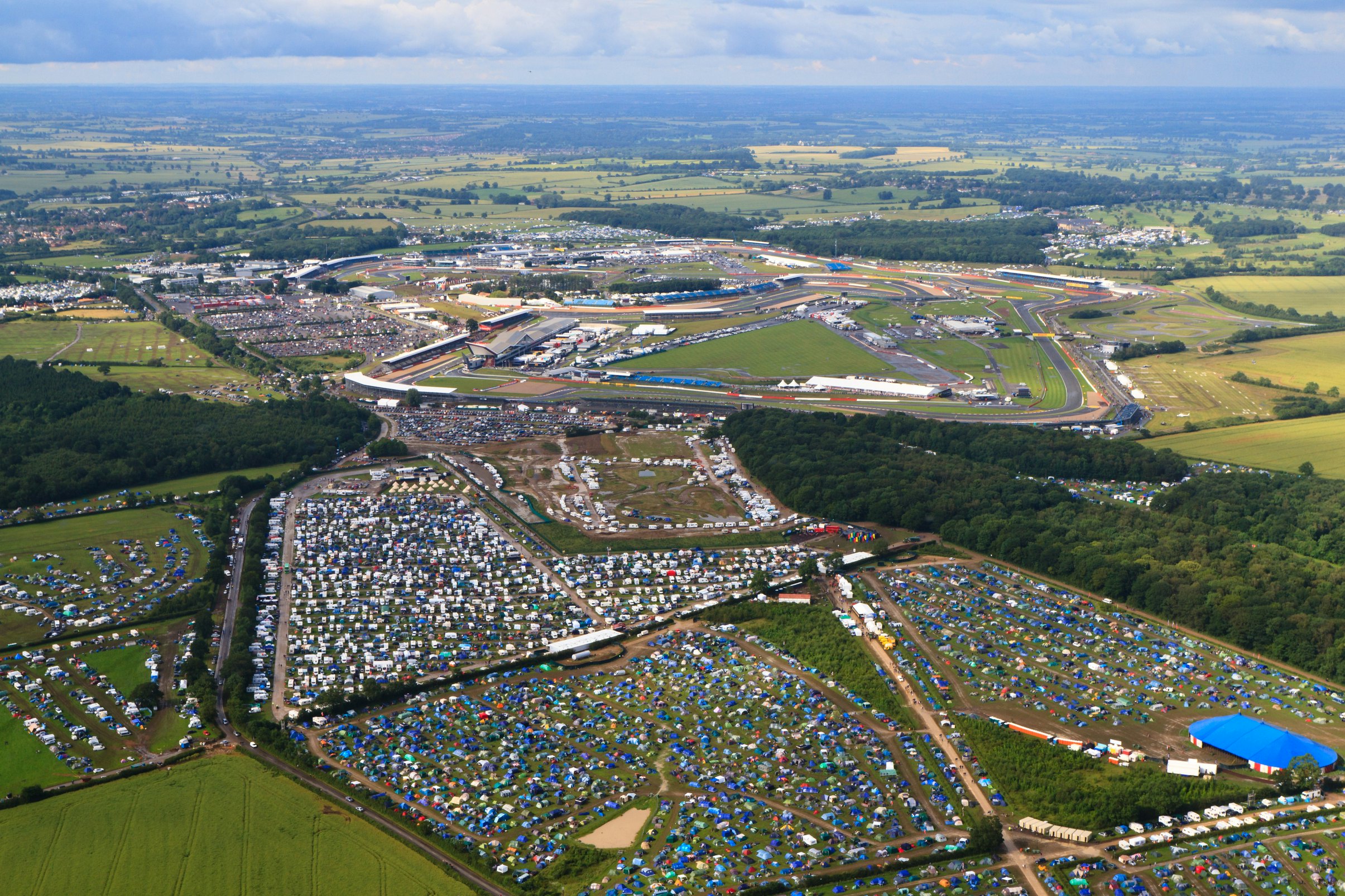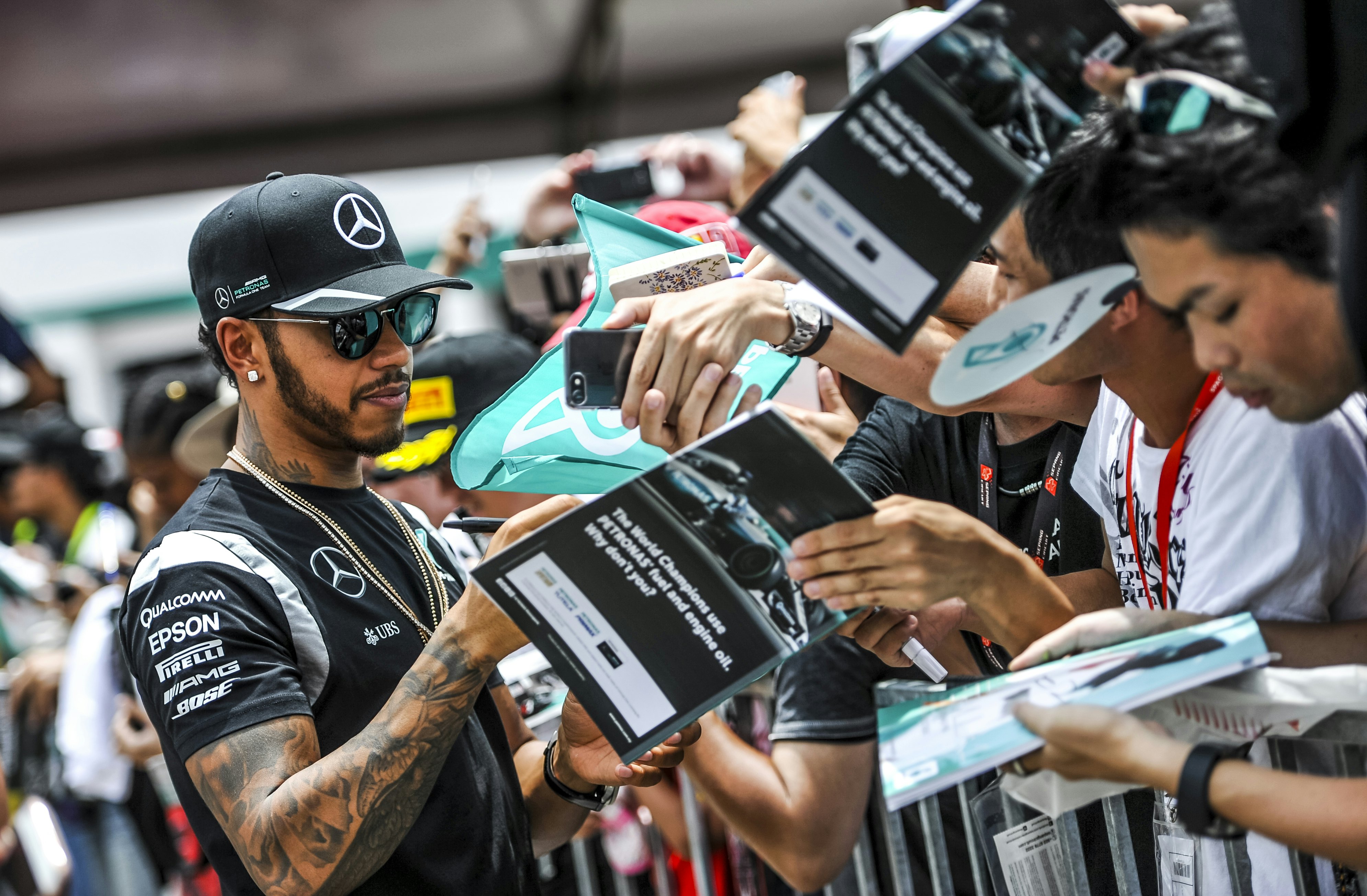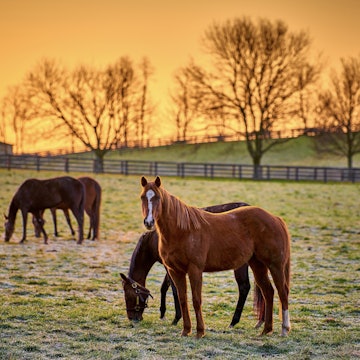

Experience the thrill of motorsport in the heart of the Grand Prix action with these expert tips. Jens Mommens/Shutterstock
A surge in Formula 1’s popularity means that a glimpse into the high-octane world of the sport has become increasingly appealing in recent years. Long-time race attendee Nicky Haldenby helps fans plan their Grand Prix weekends at a leading F1 travel website. Here, he gives you the inside track on planning a trip to a Formula 1 race.
Formula 1 is the pinnacle of motorsport. It is industry-leading technology and fast-paced precision racecraft. It’s pure drama and incredible skill, all played out at over 200km/h (124mph). What’s not to love?
To witness all of that in person is a thrill that never dulls. In fact, if anything, it gets better with each passing year. The more you know about going to a race, the easier and more relaxed the experience becomes. I’ve been attending Formula 1 races since 2012 and I thoroughly believe that the best way to get the most out of your experience is to go as prepared as possible.
Below are all the tried and tested tips you need to get a jump start in maximizing your visit to a Grand Prix. Beware: attending F1 races can be highly addictive and you may find yourself coming back for more, at different locations, year after year. Don’t say I didn’t warn you!

Step 1: Decide which race to attend
Day or night? Street circuit or road course? Off-track experience or on-track action? Take your pick.
Formula 1 races in a variety of settings across its record-breaking 24-race 2024 calendar, from the exotic artificial islands of the Middle East to the rolling green mountains of mainland Europe. From tight city tracks which needle their way through the confines of usually bustling streets, to classic road courses out in the open countryside.
Deciding which race to attend all depends on what you want to get out of your visit. Some events lend themselves more to the off-track experience than the on-track overtakes, while others get the balance between the two just right.
Here are some top picks for F1 races that should definitely be on your bucket list.
British Grand Prix, Silverstone
Silverstone is one of the classic tracks – along with Monaco, Monza in Italy and Spa-Francorchamps in Belgium – that appeared on the very first F1 calendar back in 1950 and is still visited by F1 today. The legendary British circuit oozes racing heritage, and races here always rank amongst the most exciting of the season.
The best-attended weekend of the year, with attendance figures of 480,000 in 2024, the British Grand Prix is a true racing spectacle, and massive gains have been made recently in improving the trackside experience for fans, including the introduction of world-class nightly entertainment.
The race is held at the height of the British sporting summer, meaning there’s scope to extend your trip into a true British holiday full of events. For a blend of high-octane racing, off-track entertainment and overall traditional race experience, you can’t get much better than the weekend full of thrills, which you’re bound to get at Silverstone.

Mexico City Grand Prix, Autodromo Hermanos Rodriguez
Nicknamed the "F1ESTA", the Mexico City Grand Prix has grown as an event each season since the legendary track returned to the F1 calendar almost a decade ago. Support for local Red Bull driver Sergio Perez is strong, with weekend attendances surpassing 404,000 in 2024.
Autodromo Hermanos Rodriguez runs through the Estadio GNP Seguros (formerly known as Foro Sol) – yes, the same stadium that has hosted the likes of Coldplay, Taylor Swift and Harry Styles – which is the heart of the action on F1 weekend. It’s here where you’ll really capture the passion of the locals’ love of both the sport and their star driver. It’s also here that the drivers celebrate on the podium, so tickets in this section of track are highly recommended.
Of course, a trip to the Grand Prix puts you in the middle of the cultural metropolis of Mexico City, famed for its delicious street food and enlightening museums – all of which you can explore during your visit to the race. Regularly voted as the event with the top fan experience, the Mexico City Grand Prix is one not to be missed.
United States Grand Prix, Circuit of The Americas
Miami and Las Vegas have joined the calendar in recent years, but it’s the United States Grand Prix in Austin that remains top of the list of F1’s three stateside races. Circuit of The Americas soon established itself as a true racer’s circuit when it first joined the calendar in 2012 and has been instrumental in F1’s recent popularity surge in the US.
With relatively high elevation around the track, grandstand seats are the top choice here, with the upper levels offering panoramic views of large sections of the circuit.
Austin’s status as live music capital of the world is supersized on race weekend, with performances at COTA from global music icons – think Queen, Elton John and Stevie Wonder. It’s also not unheard of to bump into an F1 driver or two in one of the highly-rated local bars post-race on Sunday night.

Singapore Grand Prix, Marina Bay Street Circuit
Bahrain, Saudi Arabia, Qatar and Abu Dhabi all host their own evening F1 races, but nothing beats the original night race: the Singapore Grand Prix. A firm favorite for F1 travelers since its 2008 debut, the Singapore weekend is so much more than just a race.
Like most places that F1 visits, Singapore really soaks up the Grand Prix atmosphere and lays on special events for F1 fans in the days leading up to the big race. The event itself is more like a festival than a Grand Prix at times, with eclectic music acts performing on multiple stages around the circuit.
The Singapore race is one that has fine-tuned and perfected the balance between show and racing spectacle. With the track in the middle of the compact city-state and the race not taking place until later on in the evening, there’s plenty of time to check out all that vibrant Singapore has to offer.
Japanese Grand Prix, Suzuka
F1’s only figure-of-eight circuit, Suzuka, has a special place in the sport’s folklore. Arguably the most challenging track on the calendar, it’s the scene of unforgettable title deciders and masterful wet weather drives. If you want to see the drivers pushing to the limit, this is the track for you. What’s more, the Japanese Grand Prix is one of the cheapest races to attend on the current calendar in terms of the average price of three-day tickets.
The circuit – located some 60km (37 miles) and a two-hour journey from nearest city Nagoya – can be tricky to get to for international visitors, especially non-native speakers, but this is perhaps the only downside. Fancy dress is common for racegoers here, who soak up the trackside atmosphere well into the night.

Step 2: Choose what kind of ticket to buy
Mix with diehard F1 fans or wine and dine like champions with all-inclusive hospitality.
Before booking your ticket, you need to decide two things: the type of ticket and how much of the weekend you want to see. Let’s start with the latter: do you want to be there for all three (or four!) days of the race weekend, or book a two-day or single-day ticket? Three-day tickets give the best value and allow you to soak up all three days of on-track and off-track action.
Grandstand seats at some of motorsport’s most iconic corners are the most popular, while a General Admission ticket in unreserved seating or standing areas is a great choice for those on a budget.
More high-end and expensive hospitality can also be found at all circuits, and if you’re looking for a particularly special experience – mixing Formula 1 with culinary delights and other perks – this is the option for you.
Premium hospitality offered by Formula 1’s official ticket package partner F1 Experiences, goes the extra mile putting you at the heart of the action with exclusive paddock and pit lane tours, though the package prices reflect their exclusivity.
Do your research on which sections of your chosen track have the best action, and make sure there’s a big screen visible nearby so you don’t miss any of the race.
Step 3: Book your tickets
The race before the race. Be in pole position to secure your tickets fast.
Formula 1’s rise in popularity has been substantial in recent years, and some races – namely bigger events like the ones in Melbourne, Austin and Britain – will sell out quickly. It pays to book your race tickets early. With dynamic pricing recently adopted by a number of promoters and early bird discounts applicable for some events, it really is worth getting in the queue as quickly as possible.
Sign up for email alerts from official sources to make sure you’re in the know in advance of tickets becoming available.

Step 4: Book your accommodation
Affordability and flexibility is key in deciding where to make your nightly pit stops.
Once your race tickets are secured, it’s time to decide where to stay. Finding the perfect base for your trip can make or break a Grand Prix weekend. The truth is, if you’re making the most of your time trackside – including following all the support races as intently as the main F1 action – you won’t be spending too much time wherever you choose to sleep. You need somewhere affordable, close to the circuit and well-suited to your needs over the race weekend.
A top tip is to make a flexible booking. Although it is increasingly rare in more recent years, revisions are sometimes made to the F1 calendar, which can result in races changing dates after tickets have gone on sale. It’s worth making sure your accommodation booking is flexible just in case of this eventuality.
Camping trackside is a popular, convenient and relatively cheap option, especially for many races during the European summer, which have campsites within walking distance of the circuit. If camping isn’t your thing, most tracks are located within a reasonable distance of hotels and stays in self-catering accommodation are increasingly popular options for racegoers.
Like tickets for races, nearby accommodation tends to sell out quickly, and prices will rise in line with demand. Get a good idea of what kind of place you’re looking for before securing your race tickets.
Step 5: Plan your journey
It’s not just the drivers who need an effective strategy on race weekend.
Make sure you’re as well-prepared as possible for traveling to and from the track before your visit. Thoroughly research your journey instead of winging it! Thankfully, most Formula 1 circuits are well-linked by public transport, especially in-city races, while most permanent circuits have ample car parking space if you plan on making your own way there.
If your travel plans include the use of public transport, be sure to check whether there are special shuttle services or additional connections for F1 fans over race weekend, as these can be very convenient.
Whichever form of transport you’re using, it’s highly recommended you get to the circuit as early as possible each day, ideally within an hour of the circuit gates opening. Not only will you avoid getting caught up in traffic, which can build up significantly at the more rural race locations, but you’re also likely to get a better view of the action if you have unreserved seating or General Admission access.

Step 6: Decide what you need to take to the track
Take all you need to keep yourself revved up throughout a long day at the track.
First things first, always be prepared for rain! Yes, rain-hit races are exciting to watch on television, but if you’re unprepared and trackside, watching in the rain will not be a fun experience. At the very least, pack a raincoat.
Dress the part and pack your merch! Go all in with your support for your favorite team or driver. F1 fans are generally a friendly bunch: fans of all drivers are welcome at all venues, regardless of the local driver bias. Have a pen at hand just in case; driver signings and sightings are a feature at most Grand Prix weekends.
A backpack is definitely needed for all your essentials, which you can re-pack and re-stock at your accommodation each night. Sensible shoes and comfortable clothing is a must if you’re out in the open, as is protection from the sun if you’re in an uncovered area of the track. Fans in General Admission areas will benefit greatly from a fold-up seat to relax in when there’s no on-track action.
In the sport’s current V6 hybrid era, ear protection is not as imperative as it once was, but F1 cars are still loud, so you may want to bring ear defenders. Race commentary is available via the circuit’s public address system, but this will not suffice when 20 of the world’s fastest cars are hurtling past you. Bring headphones and a radio, and you should be able to tune in to race commentary around the circuit.
Consult the specific list of prohibited items on the circuit’s website before you attend. Some are more strict than others. Some will not allow power packs through the gates, for example, while others will not allow food to be brought in from outside.
Step 7: Enjoy it!
Soak up the atmosphere like the podium finishers soak up Champagne.
You’ve done the hard work, now take in every second! Enjoy all the activities surrounding the weekend – from the support series to fan zones, concerts and special events in the bigger cities. There all weekend? Use Friday to explore different vantage points around the track and visit the fan zone.
The cars may race past you only once a lap, but you can follow the whole Grand Prix on the big screens and catch up on what you missed, if anything, when you get home. Take in the sound of screaming engines, the scent of burning fuel and the spectacle of 20 of the world’s best drivers putting on a show.
Stay long after the chequered flag has fallen on Sunday: why spend time queueing in traffic, when you can walk on the track (at most locations) or watch the pit garages being disassembled. Then, it's time to start planning your next race!













